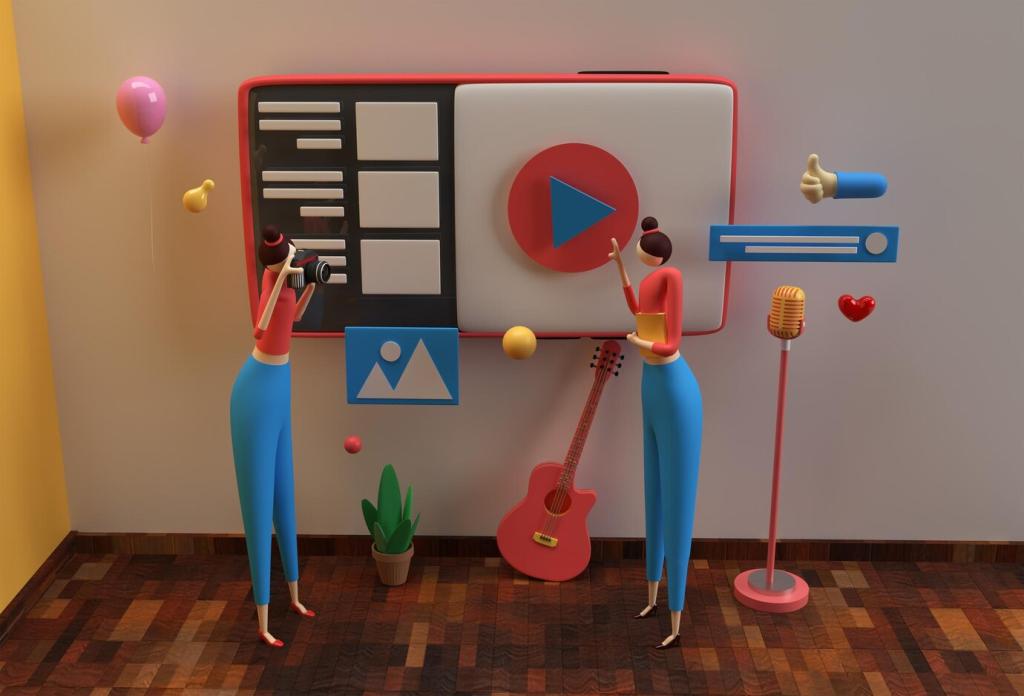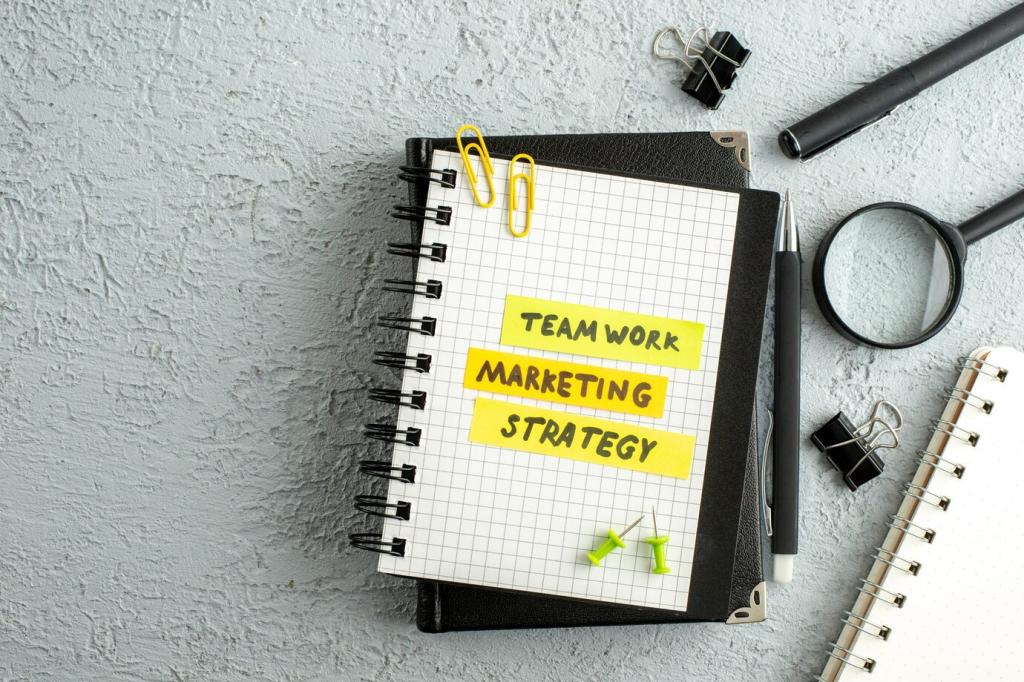Optimizing Your Interior Design Website Through Copy
Chosen theme: Optimizing Your Interior Design Website Through Copy. Welcome to a friendly guide that turns your design vision into words that convert. Stay curious, subscribe for fresh ideas, and tell us which pages you want to transform next.



Clarity Above the Fold: Craft the First 50 Words
Lead with a headline that blends emotion and utility: “Elevated interiors for busy families.” It names who you serve and the outcome. Ask yourself how clients describe success, then echo that language with confident elegance.
Clarity Above the Fold: Craft the First 50 Words
Follow with precise details: scope, locations, and signature styles. Replace vague terms with tangible outcomes like improved flow, natural light, or storage harmony. The more concrete the promise, the faster visitors trust and stay.

This is the heading
Lorem ipsum dolor sit amet, consectetur adipiscing elit. Ut elit tellus, luctus nec ullamcorper mattis, pulvinar dapibus leo.

This is the heading
Lorem ipsum dolor sit amet, consectetur adipiscing elit. Ut elit tellus, luctus nec ullamcorper mattis, pulvinar dapibus leo.
Story-Driven Project Pages
Describe the home’s friction points, the decisive design pivot, and the client’s reaction when light, texture, and flow clicked. A single, vivid sentence can make your portfolio unforgettable and shareable.
Alt Text That Paints Atmosphere
Write concise, sensory alt text: “Sun-washed oak cabinetry with matte brass pulls framing a quartz waterfall island.” Accessibility-friendly descriptions also boost search context and help visually browsing clients understand your aesthetic.
Captions That Guide the Eye
Use captions to point out the big idea: a widened sightline, a unified palette, or a hidden storage system. Invite readers to save the image and share what detail they noticed first.
Gallery Intros That Set Expectations
Open galleries with a short orientation: design goals, materials, and key challenges. Explain what to watch for while scrolling. Ask visitors to subscribe for a monthly gallery with annotated design decisions.
Menus That Reflect Client Mental Models
Replace vague labels with intent-based terms: “Services,” “Portfolio,” “Process,” “Journal,” and “Contact.” Add supportive microcopy beneath key links. Invite readers to comment if any label felt unclear or unexpected.
Portfolio Filters That Actually Help
Offer filters clients ask for: room type, style, color family, budget range, or timeline. Pair each filter with a short description so choices feel confident. Encourage users to suggest new filters via email.
Helpful FAQs That Feel Like a Conversation
Write answers that reduce anxiety: timelines, collaboration style, sourcing approach, and communication cadence. Use warm, concrete language. Close each answer with a gentle prompt to book a discovery call or subscribe.
Trust Signals in Tone and Detail

Share your design philosophy and the formative moments behind it—mentors, materials you return to, and spaces that changed you. Invite readers to reply with their favorite interior that shaped their taste.
Measure, Test, Refine
Readability and Rhythm Across Devices
Aim for scannable sentences, descriptive subheads, and generous whitespace. Check reading ease and contrast. Invite readers to tell you where they paused, skimmed, or reread—then refine those passages thoughtfully.
A/B Test Microcopy with Purpose
Test one element at a time: headline promise, CTA phrasing, or benefit bullets. Document the hypothesis, measure, and keep winners. Ask the community to vote on which variation feels most aligned with your brand.
Heatmaps and Scroll Depth Inform Placement
Use behavioral data to place key messages where eyes dwell. If readers stall before the CTA, move it higher and add a micro-benefit. Share your insights in a newsletter to keep learning together.

